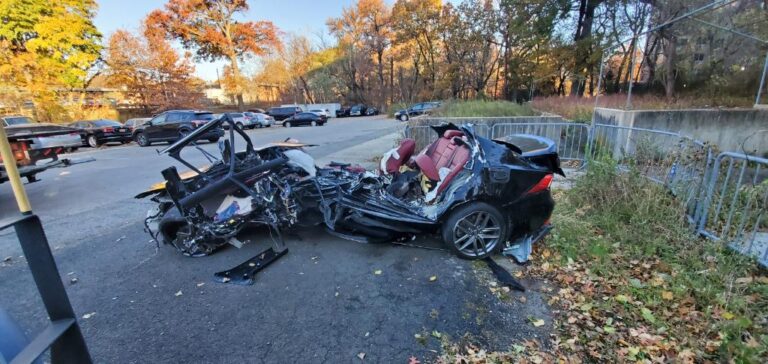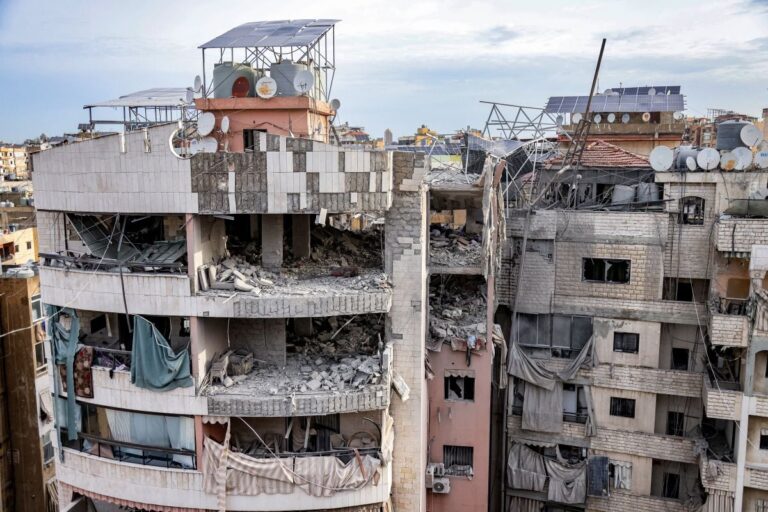 The 6.0-earthquake that damaged buildings and left scores of people injured in California’s wine country was the largest temblor to hit the San Francisco Bay Area since the 6.9-magnitude Loma Prieta earthquake in 1989.
The 6.0-earthquake that damaged buildings and left scores of people injured in California’s wine country was the largest temblor to hit the San Francisco Bay Area since the 6.9-magnitude Loma Prieta earthquake in 1989.
Loma Prieta occurred on the extremely active San Andreas Fault. Seismologists say Sunday’s quake near Napa occurred on the lesser-known West Napa Fault, which hat has not been well-mapped.
“If you had put a bunch of seismologists and geologists together in a room and asked them where the next magnitude-6.0 quake would occur in the Bay Area, this would likely be the fifth fault they would name or the sixth,” said Jack Boatwright, a geophysicist with the U.S. Geological Survey. “The amount we don’t know is overwhelming.”
Here are five things to know about faults in California:
WHAT ARE FAULTS?
— Faults are fractures between two blocks of rock that form the Earth’s surface. A big earthquake can result when the blocks move. But faults can be difficult to discover when there is nothing on the surface such as visible fissures to indicate their presence. At least part of the West Napa Fault falls into this category, according to Boatwright. An earthquake such as the temblor that struck Sunday can help scientists spot and study faults.
HOW MANY FAULTS ARE THERE IN CALIFORNIA?
— There are several hundred known faults in the state and others that are not known, said Lucy Jones, a seismologist with the USGS. About 200 are considered potentially hazardous, according to the state Department of Conservation.
WHAT IS AN ACTIVE FAULT?
— Scientists consider an active fault to be one that has ruptured in the past 11,000 years, Jones said. The San Andreas is extremely active and produces a big earthquake every 100 to 200 years. It is blamed for the 1906 quake that led to devastating fires in San Francisco and leveled much of the city.
HAS THE WEST NAPA FAULT PRODUCED OTHER SIGNIFICANT QUAKES?
— A magnitude-5.0 earthquake that also caused damage occurred in the Napa area in 2000.
DO QUAKES RELIEVE PRESSURE ON FAULTS?
— Yes, but the pressure can be distributed to other parts of the fault, which can then produce other quakes. So Sunday’s temblor does not mean the West Napa Fault, which is thought to stretch about 20 miles, won’t see another big quake. There are not enough small quakes to adequately relieve pressure and prevent big ones, Boatwright said.
(AP)











One Response
It’s San Francisco’ s fault.